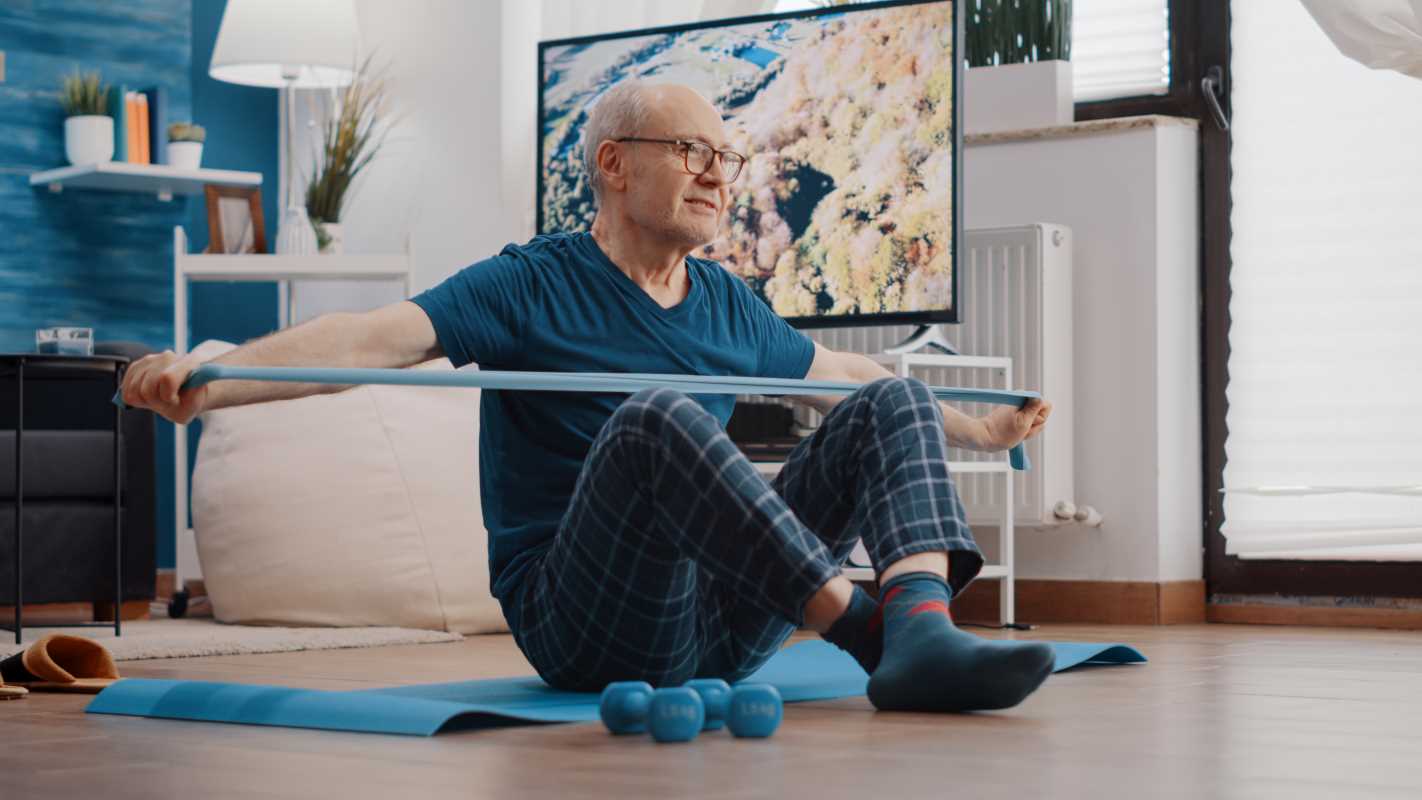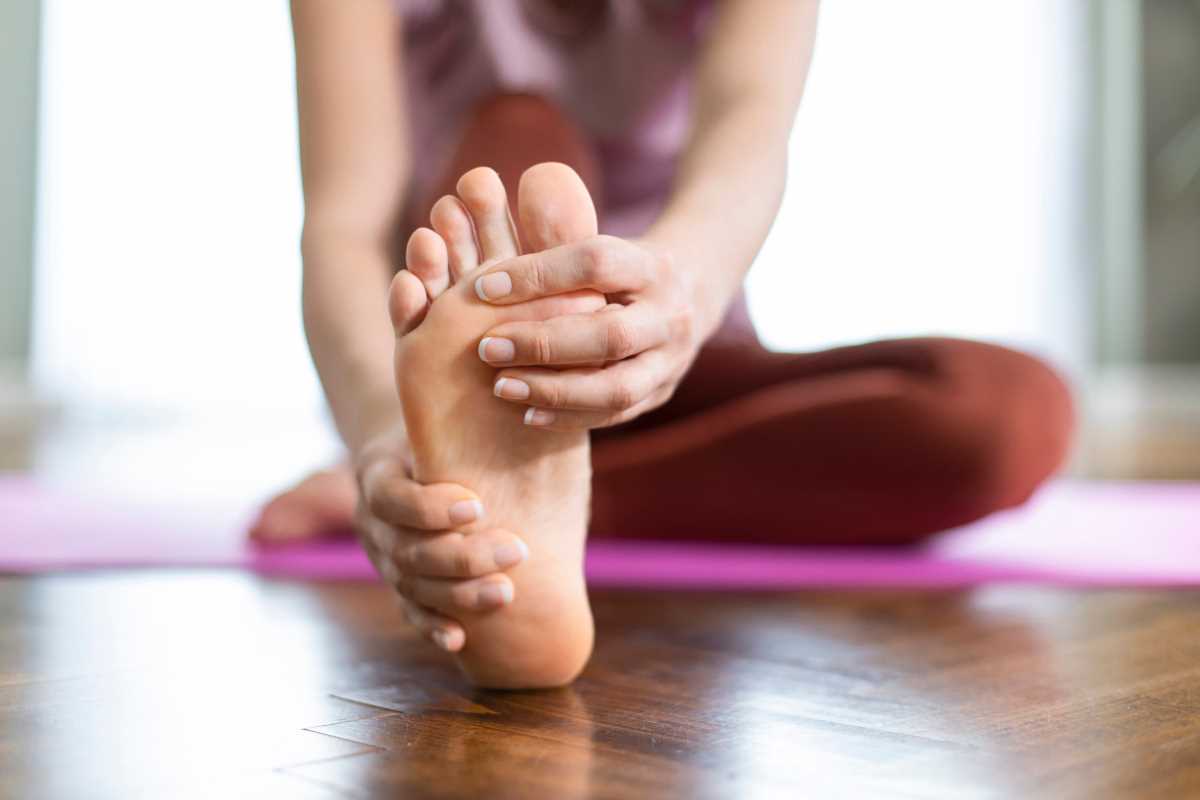Staying active with an autoimmune condition can feel like a constant juggling act. The desire to challenge your body meets the reality of managing symptoms like fatigue, inflammation, and joint pain. CrossFit, known for its intense and high-energy workouts, may seem out of reach. The good news is, it doesn’t have to be. Through thoughtful adjustments, athletes with autoimmune conditions can reap the benefits of CrossFit while staying safe and feeling strong. We're going to dive into practical hacks that make CrossFit more manageable, helping you adapt workouts to meet your needs. With the right habits, you can enjoy the community, intensity, and rewards of CrossFit on your own terms.
1. Scale Down Without Guilt
Trying to keep up with the gym’s fastest or strongest members can lead to a flare-up. Scaling is smart training. Modify WODs by adjusting weights, reducing reps, or substituting exercises that feel more comfortable.
- Replace high-impact moves: Step-ups can be substituted for box jumps. Lunges may take the place of burpees.
- Lower lifting intensity: Use lighter weights or kettlebells instead of heavy barbells. Focus on form over max effort.
- Adjust time-based workouts: Cut rounds in half or take longer breaks between sets.
Listening to your body instead of pushing through discomfort helps you stay consistent and avoid setbacks.
2. Warm Up Longer Than You Think You Need
A proper warm-up is important for everyone, but it’s particularly so for athletes with autoimmune conditions. Warm muscles and joints are less prone to injury, and easing into the workout gives your body a chance to adapt.
Spend about 10–15 minutes warming up with a mix of light cardio and mobility exercises. Some warm-ups include:
- Rowing or cycling at a moderate pace.
- Dynamic stretches like arm circles, leg swings, or thoracic rotations.
- Joint-specific drills for areas prone to stiffness or discomfort.
A focused warm-up increases flexibility and prepares your body for the demands of a CrossFit class.
3. Prioritize Recovery Days
CrossFit can be intense, and overdoing it may trigger inflammation or fatigue. Build rest days into your routine as an essential part of your training. Active recovery, like stretching or walking, can keep you moving without stressing your body.
Techniques for better recovery include:
- Foam rolling: Loosen tight muscles and improve circulation.
- Epsom salt baths: Help soothe sore joints and reduce inflammation.
- Sleep quality: Aim for 7–9 hours of good sleep to allow your body to repair tissue and regulate immune function.
Set a goal to listen to your body and take breaks when needed, even if it means skipping a WOD occasionally.
4. Track Symptoms Alongside Workouts
Maintaining a workout journal can be a tool to log symptoms like fatigue, pain level, or joint stiffness. Recording that alongside workouts can help identify patterns over time. You might notice that heavier leg days leave you more fatigued or that morning workouts feel better than evening sessions.
Monitoring symptoms makes it easier to adjust your training plan. Modify intensity or focus on low-impact days during symptom flares to maintain consistency without pushing your limits.
5. Keep Movements Functional
Autoimmune conditions can lead to mobility challenges. Functional training focuses on movements that mimic real-life activities, improving your ability to perform everyday tasks. These exercises can help reduce stiffness, build strength, and limit unnecessary stress on your muscles and joints.
Some functional CrossFit moves include:
- Deadlifts for lifting objects off the ground.
- Farmers carries for grip strength and posture.
- Air squats for building lower body strength and mobility.
Using these movements during WODs lets you train smarter, adapting exercises to help you maintain independence and confidence in daily life.
6. Stay Ahead with Nutrition
The connection between diet and autoimmune health is significant. Poor nutrition can make inflammation or fatigue worse, but the right foods help fuel performance and recovery.
- Focus on anti-inflammatory foods: Include leafy greens, fatty fish, and colorful fruits in your meals.
- Carb timing: Eating carbs before a workout can give you energy. Post-workout carbs aid recovery without causing blood sugar spikes.
- Hydration: Staying hydrated helps your muscles and joints function properly during exercise. Consider adding electrolytes for longer WODs.
Small dietary tweaks go a long way in improving how you feel during and after CrossFit.
7. Build a Relationship with Coaches
Transparent communication with your CrossFit coach is a game-changer. A good coach will support you, helping you modify movements and helping your workouts remain effective.
Share information about your condition, like symptoms that impact performance (joint pain or fatigue, for example). Ask for suggestions when you feel unsure about alternative exercises or scaling options. Coaches are great resources, and their guidance can make your experience better and safer.
8. Have a Flare-Up Plan
Autoimmune athletes know that setbacks happen. Having a plan for symptom flares helps you stay prepared instead of frustrated.
- Replace intense workouts with low-impact movements like yoga or swimming.
- Focus on recovery or gentle stretches to keep limbs mobile without overloading your immune system.
- Accept that rest might be the best workout on some days, and give yourself permission to prioritize health over fitness.
Knowing how to address flare-ups ahead of time reduces anxiety and guilt during tough periods.
9. Join a Supportive Community
One of CrossFit’s biggest draws is its sense of community. Finding the right community can help you stay motivated and supported. Look for members or gyms that encourage individuality and celebrate effort over comparison.
If your gym hosts inclusive events, such as adaptive athlete competitions, take part or simply cheer others on. Engaging with a group of people who understand your challenges can keep you motivated on even your toughest days.
10. Celebrate Small Wins
Progress with an autoimmune condition doesn’t always look like dramatic PRs (personal records) or mastering new skills immediately. Celebrate the little things: successful modifications, pain-free workouts, or simply showing up on tough days.
Recognizing these victories shifts your mindset, helping you focus on effort and consistency rather than perfection.
 (Image via
(Image via





